Back to Courses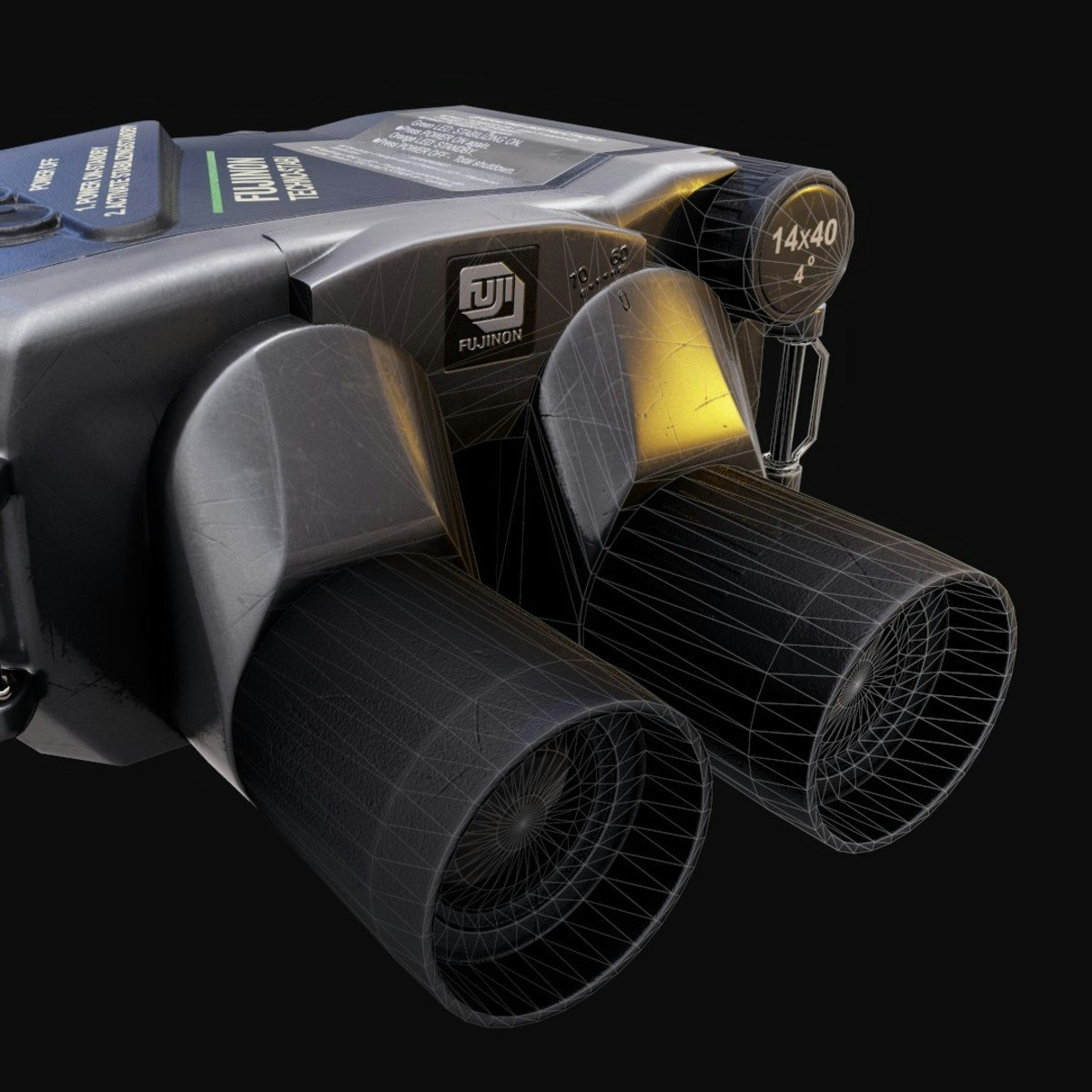
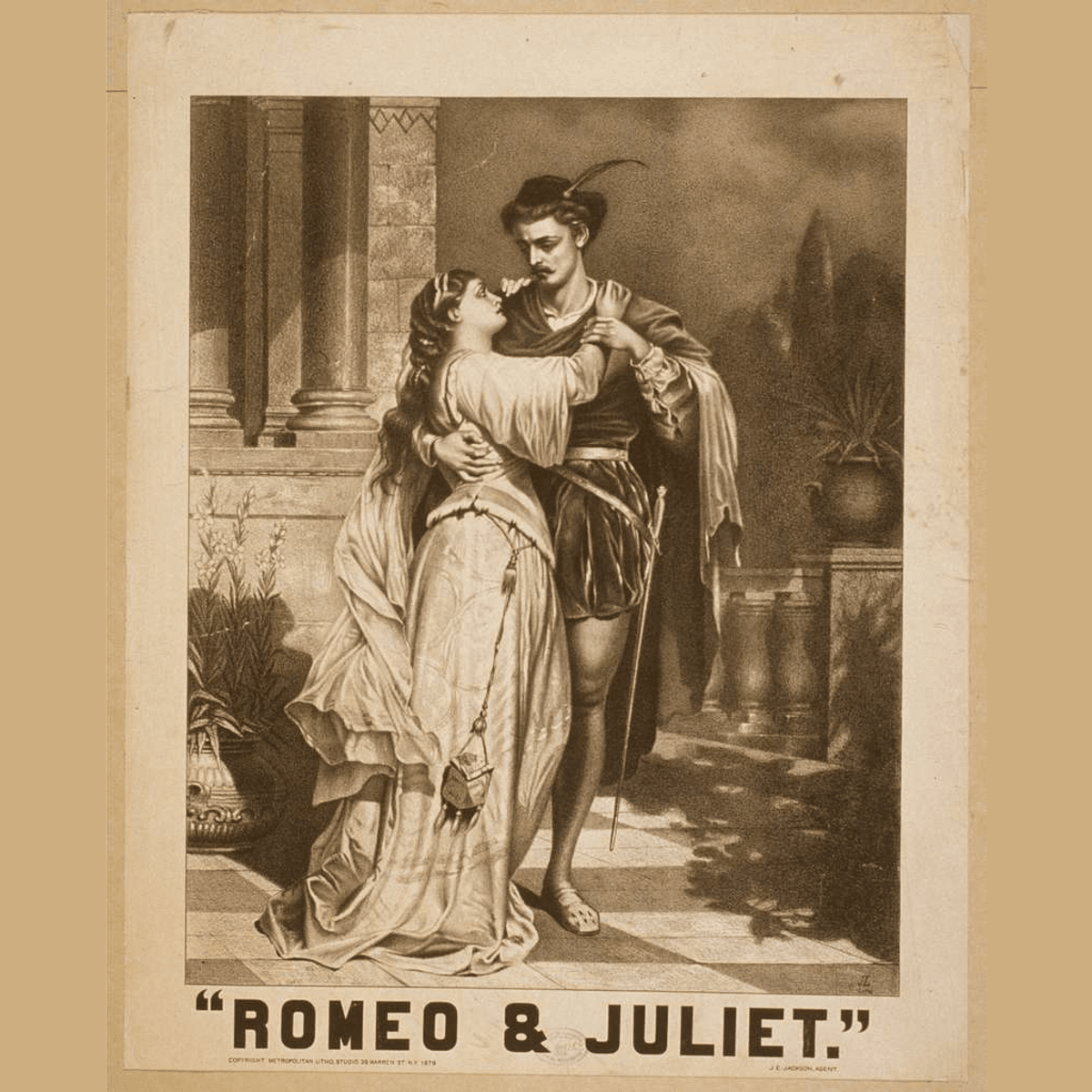

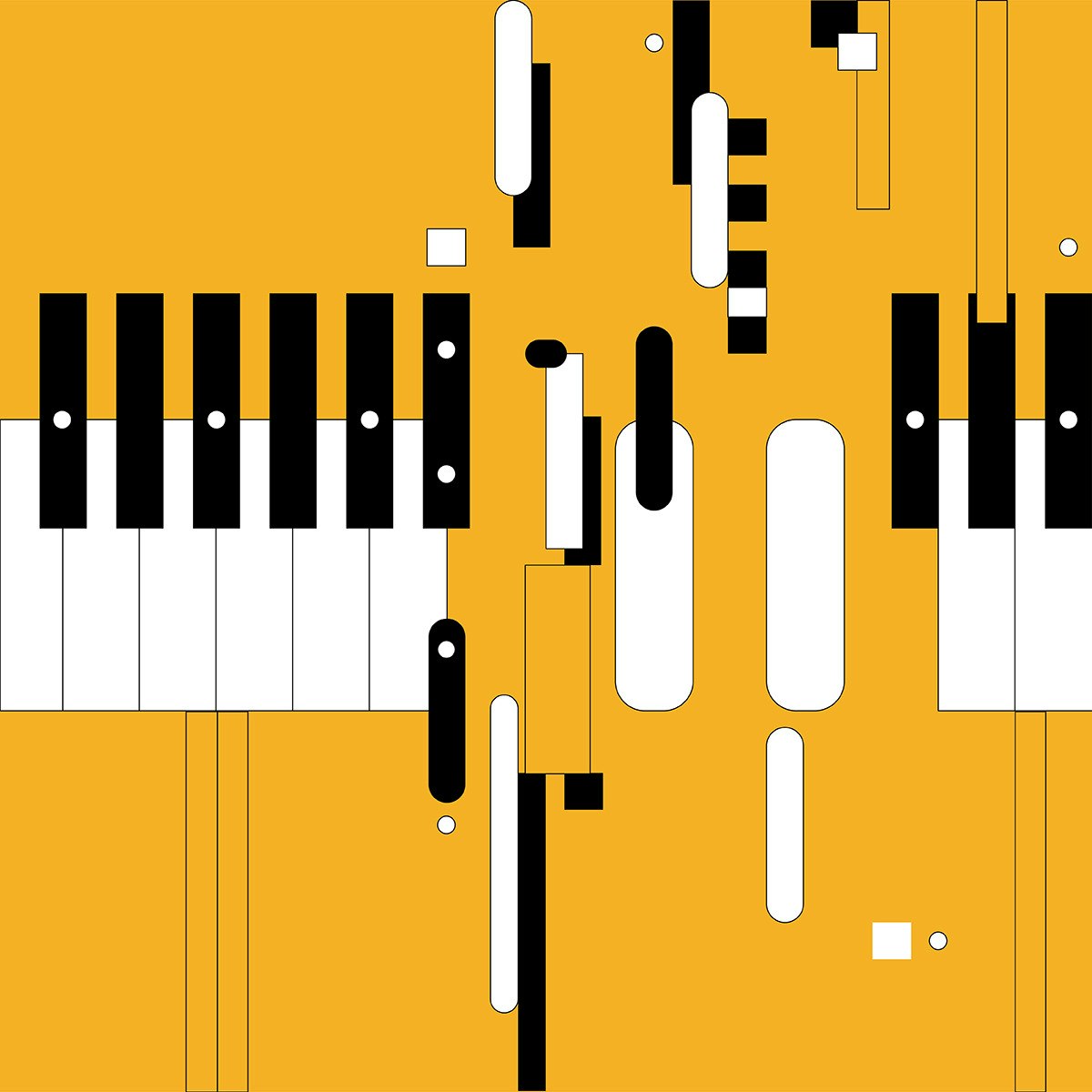
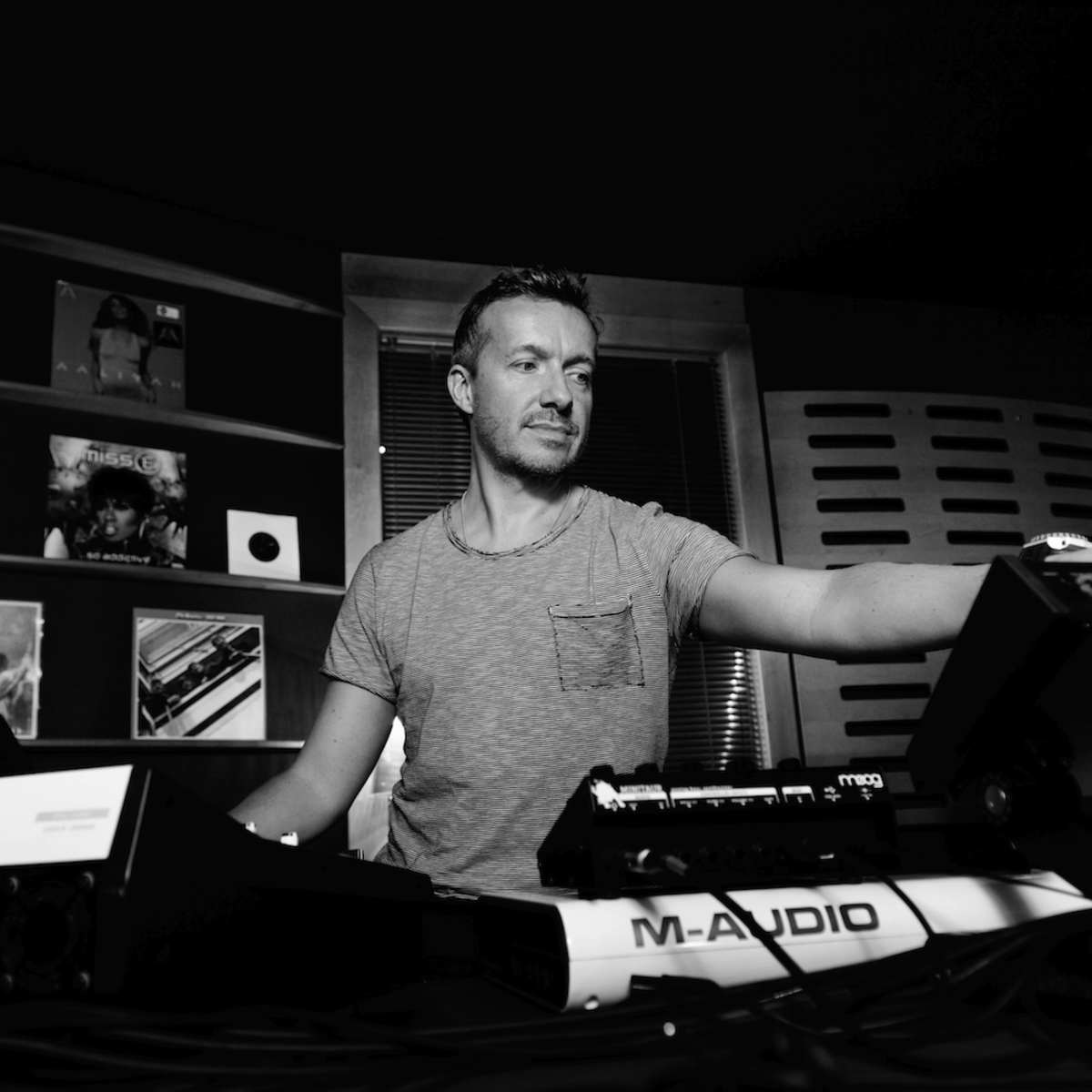

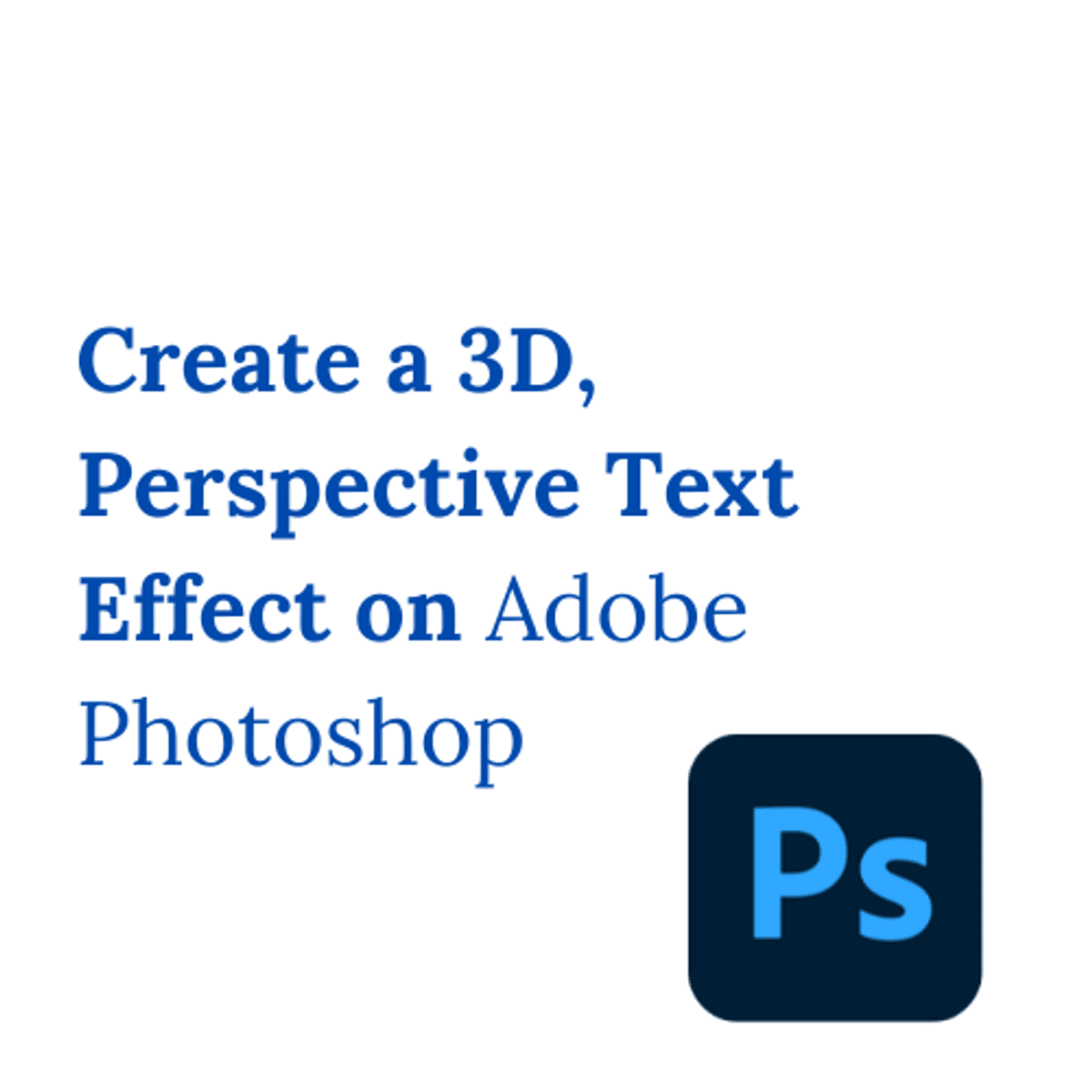

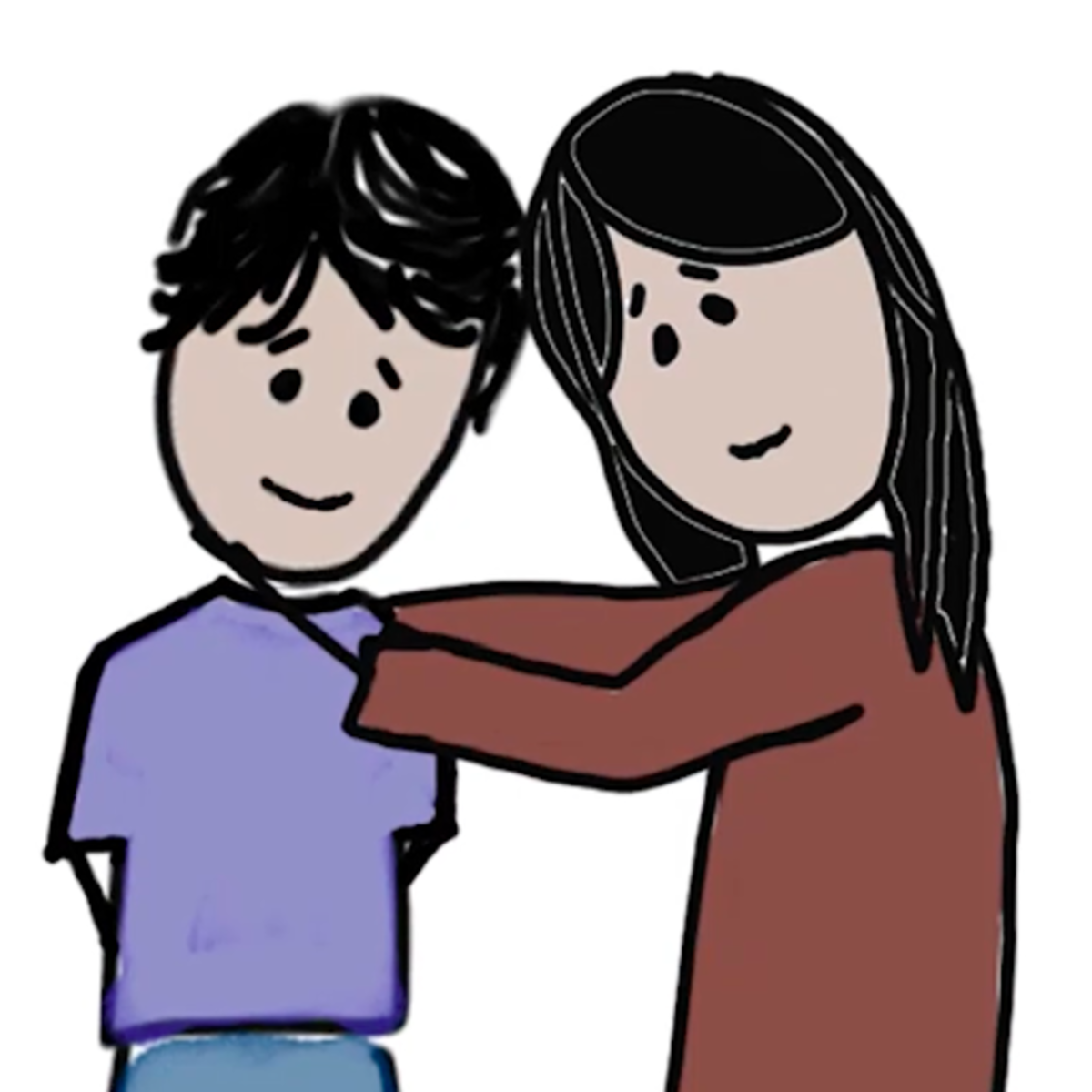

Music And Art Courses - Page 14
Showing results 131-140 of 257

Current Gen 3D Game Prop Production
In this course you will learn to create a photo-real game prop using modern game art production techniques. You will gather reference, generate a base model, create a high polygon model, bake details onto a low poly model, and then texture and present a final portfolio piece. This course is aimed at students who have some knowledge in 3d and game art and would like to learn more advanced techniques employed in the creation of modern game assets. We will be using Maya, Zbrush, Marmoset, and Substance Painter extensively throughout the course. When you are finished you will have your own model based of of a real-world prop suitable for use in modern game engines.

William Shakespeare's Romeo & Juliet: An Actor's Perspective
Have you ever wanted to read Shakespeare's Romeo and Juliet? This course will provide a guided reading of the script and expose you to the perspectives of actors who've performed in the play. It primarily consists of interviews with 14 professional actors who have participated in at least one production of Romeo & Juliet somewhere in the US, at theaters and Shakespeare festivals including the American Shakespeare Center, American Players Theatre, and the Arkansas, Colorado, Illinois, New Jersey, and Utah Shakespeare Festivals.
In completing this course, learners will be able to describe the plot of Romeo & Juliet, identify major characters and themes, analyze and interpret heightened text, and consider multiple theatrical approaches to the play.
This course strives to be of interest to multiple audiences, but we think it may particularly appeal to...
* Shakespeare enthusiasts and the Shakespeare curious in all walks of life
* Actors, theater practitioners, and teachers of Shakespeare everywhere
* Secondary school and college students interested in expanding their studies of Shakespeare
* Interested readers with little or no familiarity with Shakespeare
Logo image courtesy of https://picryl.com/media/romeo-and-juliet-12

Master Lighting in Inkscape
By the end of this project, you’ll be able to control lighting and highlights for objects in Inkscape. Inkscape, a free and open-source vector graphics program, offers built-in tools that help you render objects with stylized or realistic lighting effects. Adding light means adding depth and dimension, and it can be surprising how much life an object can have once light effects are applied.
To master lighting in Inkscape, you’ll practice with vector graphics tools and use three different methods to light up selected objects in Inkscape.
You’ll start with a quick examination of light and how it works, then use those ideas to build better lighting with filters, complex shapes, and gradients. By the end of the project, you’ll create a sample of what each method looks like.
Note: This course works best for learners who are based in the North America region. We’re currently working on providing the same experience in other regions.

Approaching Music Theory: Melodic Forms and Simple Harmony
This course is about how music works. It is about the relationship between the technical and aesthetic details of music. It is also about how developing a meaningful theoretical vocabulary can help you think and talk about musical style, and how learning that vocabulary can expand your appreciation for music.
In this course you will learn music theory not by looking at theory itself, but by listening to, looking at, and—yes!—writing your own musical examples. By hearing, seeing, and writing yourself, you will learn about classical, modern, ancient, pop, jazz, and folk styles.
Through lectures, relevant examples, and numerous practice assignments, we will examine fundamental aspects of melody. We will move into working with two voices and counterpoint, and finally to three voices and the beginnings of harmonic function.
This is an intermediate-level course for musicians and composers who already have some understanding of music theory through previous study. If you are a musician or composer looking to build a deeper understanding of music theory for composing, performing, or improvisation, you have come to the right place. If you are an amateur lover of music or, perhaps, play a musical instrument and want to develop a deeper sense of appreciation for music theory, aesthetics, and history, you are also in the right place!

The Technology of Music Production
Learn about the music production process—including recording, editing, and mixing—and the tools available to you to create contemporary music on your computer.
With the recent introduction of high-quality-low-cost software and hardware, the tools of music production are now available to the masses. Albums are made in bedrooms as well as studios. On the surface this is liberating. Anyone can make an album for the low cost of a couple pieces of gear and a software package. But, if you dig deeper, you will find that it is not so easy. Producing music requires knowledge, dedication, and creativity.
Knowledge is where this course comes in. No matter what kind of music you are making, there is a large set of tools that you will need to use. Each lesson of this course will demonstrate a different set of music production tools, loosely following along the music production process of recording, editing, and mixing.
We will start with some background on the nature of sound and how we perceive it. We will then examine the components necessary to record audio into a computer, so that you understand the devices that sound must travel through in a music production process.
Once recorded, sound must be organized along a timeline, a process known as editing. It allows us to give the impression of perfect performances and create many of the sounds we hear in contemporary music. The contemporary editing tool is the Digital Audio Workstation (DAW), a piece of software that stores and organizes all the assets of a musical project. We will focus on the editing tools that are essential in contemporary music production and that all DAWs provide.
After editing, sounds must be combined or mixed together, so we look to the mixing board—a very creative place if you know how to use it. We will explore the basic functionality of both hardware and software mixing boards, including volume, pan, mute, solo, busses, inserts, sends, and submixes. The mixing process, however, includes more tools than the mixing board provides on its own. Sound must also be processed, modified from its recorded state to fit the context of the music. We will look at compression, equalization, and delay, and examine the many audio effects that are offshoots of these devices and how they are used in a musical context.
In the end, the music production process relies on your creativity. Creativity is a product of the mind and will stay there, unexpressed, until the right tools are used in the right way to share it with the world. If you have an idea in your head, it will take numerous steps, each with an important tool, to reach your audience. You bring the dedication and creativity, and this course will bring you the knowledge to make that happen.

Fundamentals of Music Theory
This course, revised in 2022, will introduce you to the theory of music, providing you with the skills needed to read and write Western music notation, as well as to understand, analyse, and listen informedly.
It will cover material such as pitches and scales, intervals, clefs, rhythm, form, metre and time signatures, phrases and cadences, and basic harmony.
This course covers the fundamentals of Western music theory, from the absolute basics to some more advanced concepts. As such, it is the perfect course for beginners and more experienced musicians alike.

3D, perspective text effect on Photoshop
By the end of this project, you will be able to create a 3D, perspective text effect using Adobe Photoshop.
Throughout the project, you will be able to use Adobe Photoshop with its different tools. You will be able to create a 3D and perspective text effect that you will use to create an architecture firm logo along with the landing page of their website.
You will be exposed to the Vanishing Point Filter as well as the 3D workspace on Photoshop.
This guided project is for intermediate graphic designers and intermediate digital designers who are interested in learning how to create a 3D and perspective text effect in Adobe Photoshop. Using the tools in Adobe Photoshop, an architecture firm logo along with the landing page of their website. By creating this, you will contribute to completing the branding of the architecture firm knowing that a logo is always one of the most important pillars of a successful branding and this project will help you achieve that.
Adobe Photoshop is a software that is extensively used for raster image editing, graphic design and digital art. It makes use of layering to allow for depth and flexibility in the design and editing process, as well as provide powerful tools that, when combined, are capable of just about anything.
It will be, undoubtedly, a great asset throughout your future career as a designer.

Capstone: Your Story
Everything comes together in the Capstone. You will draft a complete story, narrative essay, or memoir of 8–15 pages. With the advice of your peer readers, you will revise, rewrite, and complete it. The skills you’ve learned of plotting, setting, physical description, characterization, and stylistic clarity and innovation will culminate in an original work of art all your own. We’ll discuss the steps that professional writers take to bring their work into the public world. Along the way you’ll learn the patient habits of revision that make up the writer’s life.

Health Across the Gender Spectrum
This course offers an intimate, story-based introduction to the experiences of six transgender children and their families. Through illustrated stories and short teaching videos, learners will gain a better understanding of gender identity and the gender spectrum. Stanford physicians, K-12 educators, and transgender faculty members offer practical tips for parents, teachers, healthcare providers and anyone who wants to help create a more gender-expansive environment - one in which all people can live authentically. As a global community of unique individuals, we can begin to build a world that is ready to nurture and love each and every child.
Due to the sensitive nature of the story-based course content, we have chosen not to offer course certificates for this course. Simply put, we feel that the thoughts, ideas and sentiments of these remarkable children and their families... are priceless. We are confident that, like us, you will end up learning more from them than you could ever imagine. Together, we can lay a stronger foundation for all children. Join us as we explore health, across the gender spectrum.
Additional note: When submitting answers to quizzes, you may be asked to enter your "full legal name". This feature is primarily for verification purposes for courses that offer a certificate on Coursera, so it does not really apply to this course. We recognize that, for some individuals the name they use does not match the one on their legal documents. Please feel free to enter the name you normally use in these boxes.

The Language of Design: Form and Meaning
In this course, critique is defined as a detailed, objective analysis of a work of graphic design and its effectiveness. Critique is an integral part of the making process for designers: it’s not just how we determine if a work of design is or is not successful, it’s how we move our work forward. Critique is also where other voices and opinions can be brought into the design process.
This course will introduce a lexicon (or vocabulary) in order for you to demonstrate clearer and more considered ways of talking about graphic design in the context of critique. Through this lexicon and a provided Critique Framework, we will model and then practice objectively describing how well a work of design functions based on specific, clearly articulated criteria. By refining this skill, you will enhance your ability to communicate about design with peers, colleagues, and clients.
This course is essential to anyone looking to develop and refine a critical vocabulary around talking about art and design, such as:
- practicing graphic designers at all levels
- future and current students of art or design programs
- teachers teaching visual art, design, or related subjects
- any stakeholder in a design project that needs to communicate effectively with designers on their team.
This course is recommended to learners enrolled in either the Graphic Design Specialization or UI/UX Design Specialization on Coursera to further develop their skills in graphic design. You may take this course before, during, or after completing either Specialization.
Note this is not an art appreciation course for a general audience. While no prior experience is required to begin, the knowledge and skills taught in this course is useful only if you have some relationship to design in a professional context, i.e., practicing, studying, or teaching design, or working directly with designers.
No specific software or tools are required to complete this course.
Popular Internships and Jobs by Categories
Find Jobs & Internships
Browse
© 2024 BoostGrad | All rights reserved